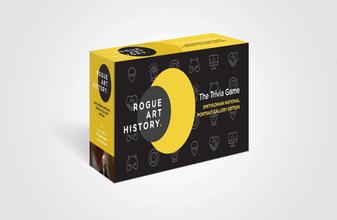More about César Chávez
- All
- Info
- Shop

Contributor
Avedon's César Chávez is a great example of the direct, stark style of the photographer whose work directed the medium toward a new dispensation in the United States.
Annie Leibowitz, like Avedon, a descendant of Ashkenazim from Beyond the Pale, cites Avedon as a major influence. The photography of Leibowitz and Avedon goes beyond fashion and journalism: if you examine it closely, you can see how it laid the foundation for "selfie" culture, Google Image Search, and Instagram. In particular, both photographers moved the medium beyond its boundaries by bridging fashion, politics, and the personal "essay photograph."
Avedon's photographs have an intimate connection to his high-school friend and collaborator, the novelist James Baldwin. In the work of both artists, there is a sense of searching for the "evidence of things not seen," the truth beyond the limit of representation. In César Chávez, Avedon portrays a union activist whose work is in the midst of a major crisis. Attempting to pass California Proposition 14, which would have allowed union organizers the right to recruit workers on private property, Chávez is also fighting for the image and structural integrity of his United Farm Workers union. In November of the year of Avedon's portrait, the voters would reject the proposition, marking a major turning point and loss of influence for Chávez, the UFW, and workers' rights.
Chávez is vulnerable in this portrait, as if aware that he will not succeed in the short term, but maintaining a sense of trust that his fellow farm workers will carry his vision forward in other forms. Avedon's experience photographing his schizophrenic sister developed his ability to portray a person in an extreme state of vulnerability, whether a political organizer, an actor, or a fashion model, without judgment and with just the right lighting and distance to portray the person's emotional state. This "depth" is actually the involution of Avedon's surfaces, the folds of the various surfaces he exposes: "the surface is all you've got," he said. "You can only get beyond the surface by working with the surface."
Sources
- Baldwin, James. The Evidence of Things Not Seen: Reissued Edition. New York: MacMillan, 1995.
- Bolton, Richard. "In the American East: Richard Avedon Incorporated." In The Contest of Meaning: Critical Histories of Photography, edited by Richard Bolton, 261-286. Cambridge: MIT Press, 1992.
- "Chávez Speech on Proposition 14." KQED News, San Francisco State University, September 20, 1976. https://diva.sfsu.edu/collections/sfbatv/bundles/189765.
- Pogrebin, Robin. "Annie Leibovitz Revisits Her Early Years." New York Times, Feb 13, 2019, https://www.nytimes.com/2019/02/13/arts/design/annie-leibovitz-exhibiti….
- Rourke, Mary. "Photographer Richard Avedon Dies." Los Angeles Times, Oct. 1, 2004, https://www.latimes.com/la-100104avedon_lat-story.html.













